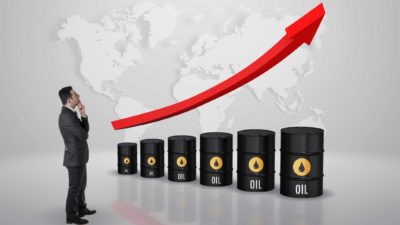ASX uranium shares slid into the red today, with major losses occurring across the main players in the industry.
It should be noted that the past month's performance for these shares, beginning from 2 August to the present day, is overwhelmingly positive, with most companies posting low to mid-double-digit gains.
Some notable mentions include the Alligator Energy Ltd (ASX: AGE) share price, which closed down 14.1% today at 6.7 cents. Despite today's losses, Alligator Energy remains up 12% over the past month.
The second biggest loser of the lot today is the Deep Yellow Limited (ASX: DYL) share price, which sunk 8.15% to $1.07. However, Deep Yellow remains up a massive 45% over the past month.
And finally, the Paladin Energy Ltd (ASX: PDN) share price closed down 1.18% today at 84 cents. This may look bad, but Paladin is still up almost 17% over the past month.
So while uranium shares are undoubtedly rallying over the past month, what spooked the market on Thursday? Let's investigate what happened.
What's going on with ASX uranium shares?
Some contentious news that was posted earlier this week could be being felt today. The United Nations stated that Iran is moving forward with its uranium enrichment program on Tuesday, as originally reported by ABC news.
Upgrades were reportedly made to its IR-6 centrifuges in Natanz, Iran. Diplomats stated that the existing IR-6 models were used to enrich uranium up to 60% purity, which is close to the threshold of being used for weaponisation. The recent upgrade was said to underline the West's concerns that Iran is progressing towards creating nuclear weapons.
The bigger picture for uranium is that it could enter a supercycle as countries worldwide embrace nuclear power.
Countries such as France, India, Japan, and the United States are ramping up the production of nuclear reactors. The energy crisis caused by the war in Ukraine and the development of miniaturised nuclear reactors have buoyed these countries' enthusiasm for the controversial energy source.
Nuclear energy is also considered a cleaner form of energy production that produces far less carbon dioxide than burning coal, which accounts for 37% of the world's energy production. This is an important feature for governments to consider as they attempt to reduce emissions as much as possible.









